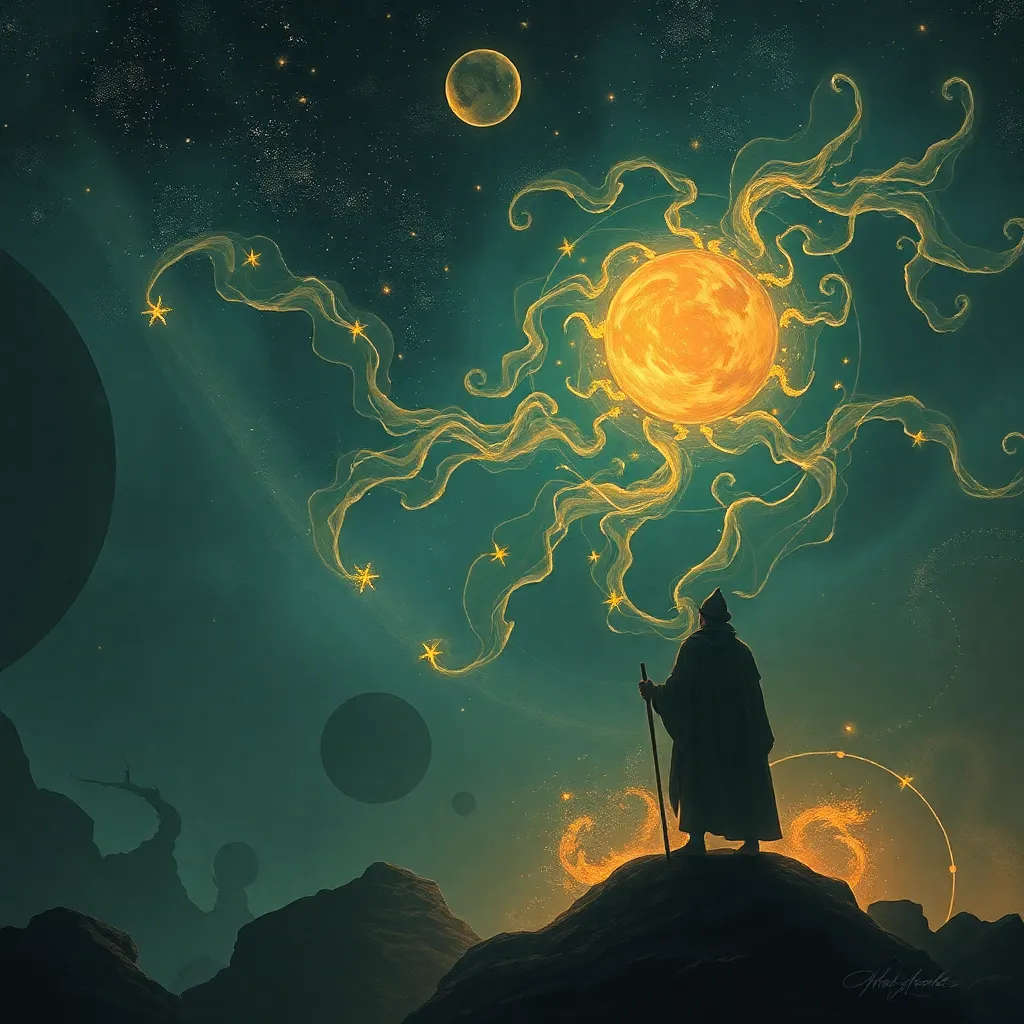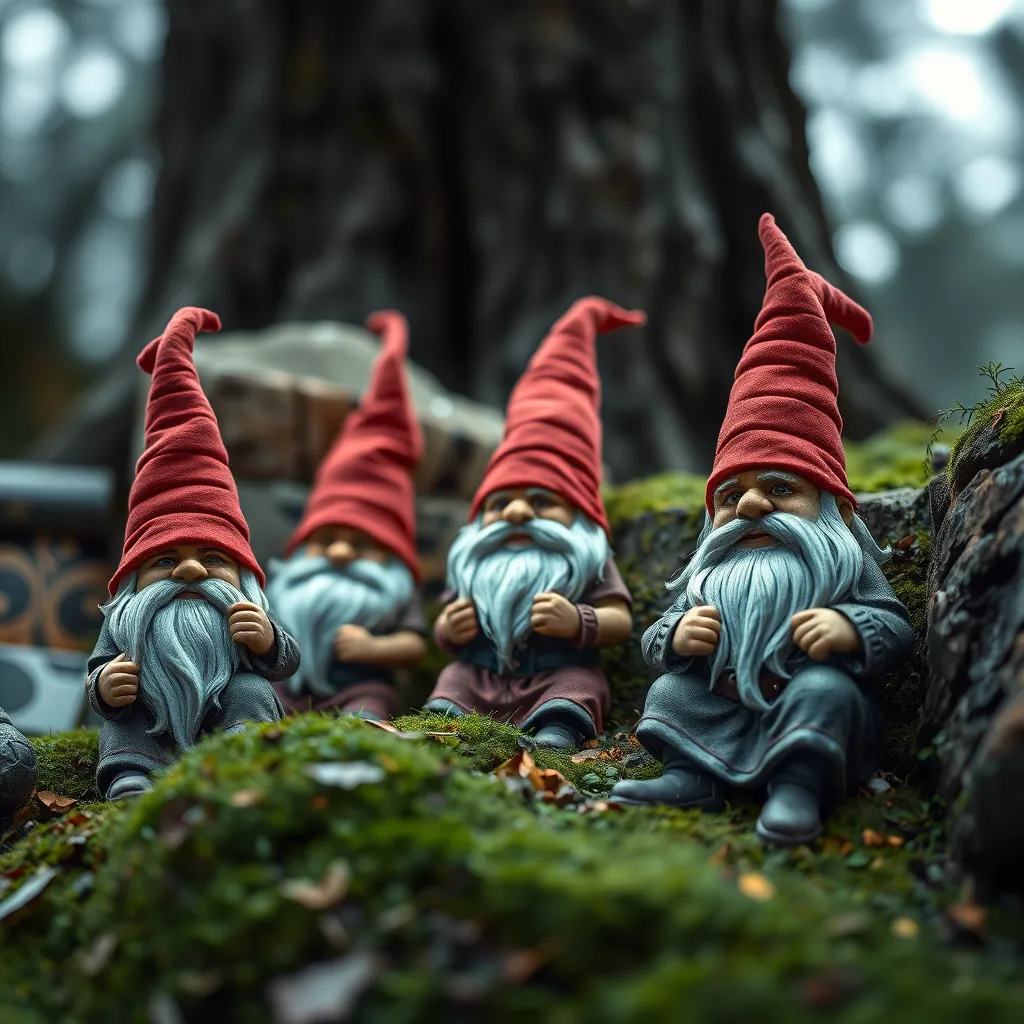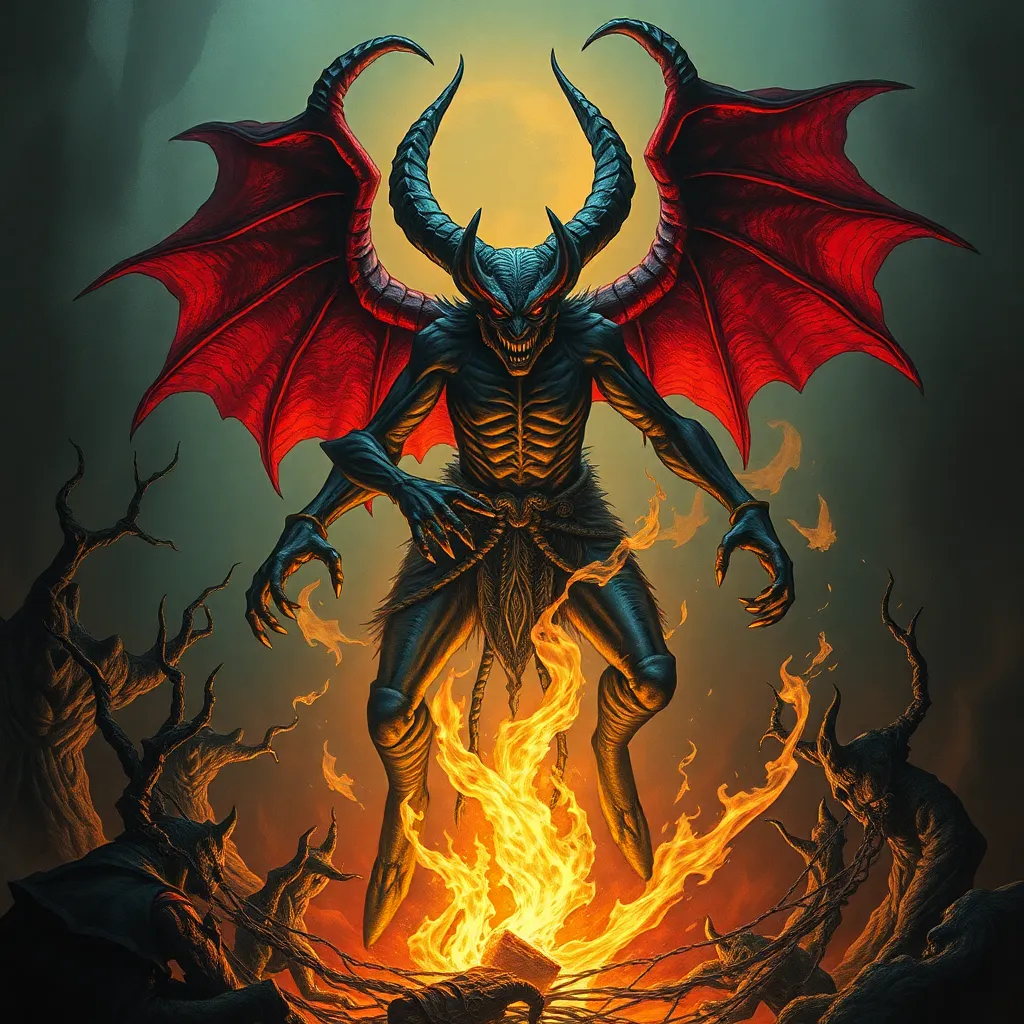The Djinn of the Desert: Ifrit in Bedouin Folklore
I. Introduction to Djinn in Bedouin Culture
In the intricate tapestry of Islamic and Bedouin traditions, the concept of Djinn holds a significant place. Djinn are supernatural beings created from smokeless fire, as described in the Quran. They inhabit a world parallel to humans and possess the ability to influence human life in various ways. In Bedouin culture, Djinn are often evoked in stories, rituals, and daily life, embodying the mysteries of nature and existence.
Among the myriad of Djinn, the Ifrit stands out as a prominent figure. Ifrits are often portrayed as powerful and rebellious beings, often associated with fire and vengeance. They occupy a dual role in Bedouin folklore, serving both as formidable adversaries and as symbols of resilience and strength.
II. Origins of Ifrit in Folklore
The origins of Ifrit in Arabian mythology can be traced back to pre-Islamic times, where they were mentioned in various poetic forms and folklore. These beings were initially described as spirits of the wilderness, embodying both the fierce and untamed aspects of nature. Over time, the characterization of Ifrit evolved, influenced by Islamic teachings and cultural exchanges.
As Islamic teachings spread, the Ifrit was often depicted as a being that could either assist or hinder humans, reflecting the complexities of human nature. The evolution of Ifrit’s characteristics mirrored societal changes, where the Ifrit became a symbol of both chaos and order, fear and respect.
III. The Nature and Characteristics of Ifrit
Ifrits are typically described as large, menacing figures with fiery attributes. They are often depicted as having:
- Red or black skin, symbolizing their connection to fire and the underworld
- Glowing eyes that can instill fear or awe
- Immense strength and the ability to shape-shift
Their behavioral traits are complex, as Ifrits can embody both good and evil. While some tales depict them as malevolent beings who delight in causing harm, others portray them as protectors of the innocent, capable of great loyalty and bravery.
IV. Ifrit in Bedouin Oral Traditions
Storytelling is a cherished practice in Bedouin culture, serving as a means of preserving history and imparting moral lessons. The Ifrit frequently appears in these tales, often as a central character that embodies the challenges faced by individuals.
Notable tales involving Ifrit include:
- The tale of a brave Bedouin who outsmarted an Ifrit to save his village from disaster.
- A story of a young woman who befriended an Ifrit, showcasing themes of understanding and acceptance.
These stories often carry moral lessons, emphasizing the importance of courage, wisdom, and respect for nature and the supernatural.
V. Symbolism of Ifrit in Bedouin Beliefs
Ifrits symbolize the untamed forces of nature, representing both the beauty and danger of the desert environment. They are seen as guardians of the wilderness, embodying the fierce spirit of the land. This connection to nature reflects the Bedouins’ deep respect for their environment and the challenges it presents.
Moreover, Ifrits are often associated with human emotions and societal issues, including:
- Fear of the unknown and the supernatural
- Struggles with internal and external conflicts
- Resilience in the face of adversity
VI. Rituals and Practices Related to Ifrit
To interact with the Ifrit, Bedouins have developed various rituals and practices aimed at appeasing or avoiding these powerful beings. Traditional practices include:
- Offering food or sacrifices in secluded areas to honor the Ifrit.
- Reciting specific prayers to seek protection from malevolent Ifrits.
- Creating amulets or charms believed to ward off evil spirits.
These practices reflect the Bedouin’s belief in the Ifrit’s power and their desire to maintain harmony between the human and supernatural realms.
VII. Ifrit in Contemporary Culture
In modern literature, art, and media, the portrayal of Ifrit has evolved, often being reimagined as complex characters that reflect contemporary themes. Ifrits appear in:
- Fantasy novels as powerful allies or antagonists.
- Films and animated series that explore mystical and supernatural elements.
Furthermore, the relevance of Ifrit in modern Bedouin identity remains strong, as they continue to be a symbol of cultural heritage, embodying the values, fears, and aspirations of the Bedouin people.
VIII. Conclusion
The significance of Ifrit in Bedouin folklore is profound, serving as a bridge between the natural and supernatural worlds. These beings encapsulate the complexities of human emotions, the challenges of life, and the reverence for the forces of nature. The enduring legacy of Ifrit shapes cultural narratives, instilling a sense of identity and continuity within the Bedouin community.
As Bedouins continue to share their stories and traditions, the Ifrit remains a powerful symbol, reminding us of the rich folklore that defines their cultural landscape.



